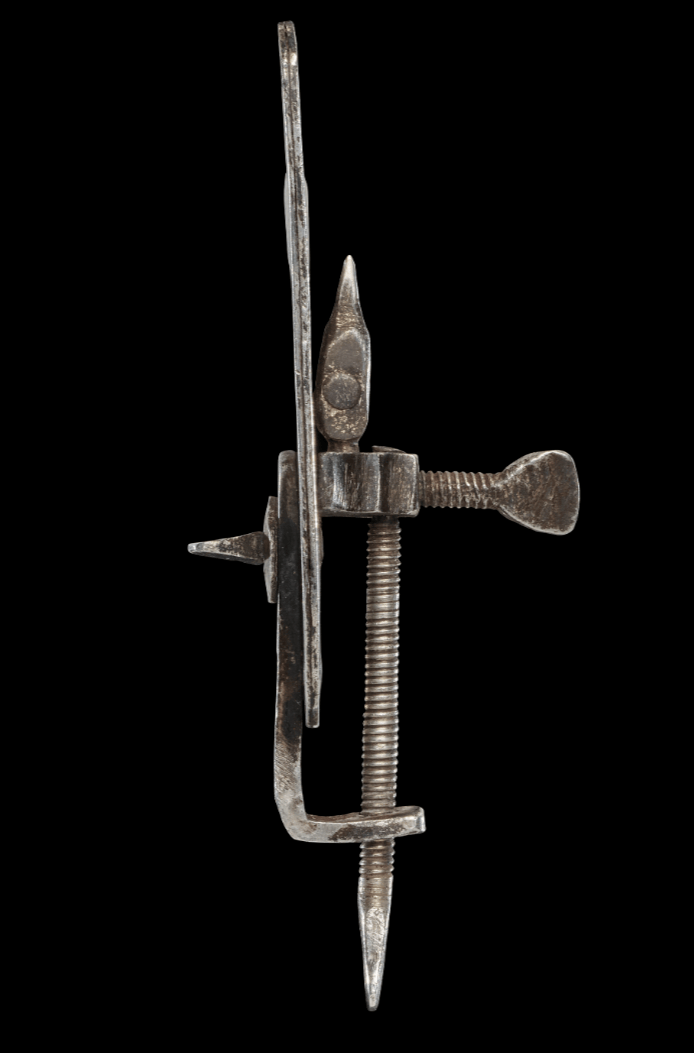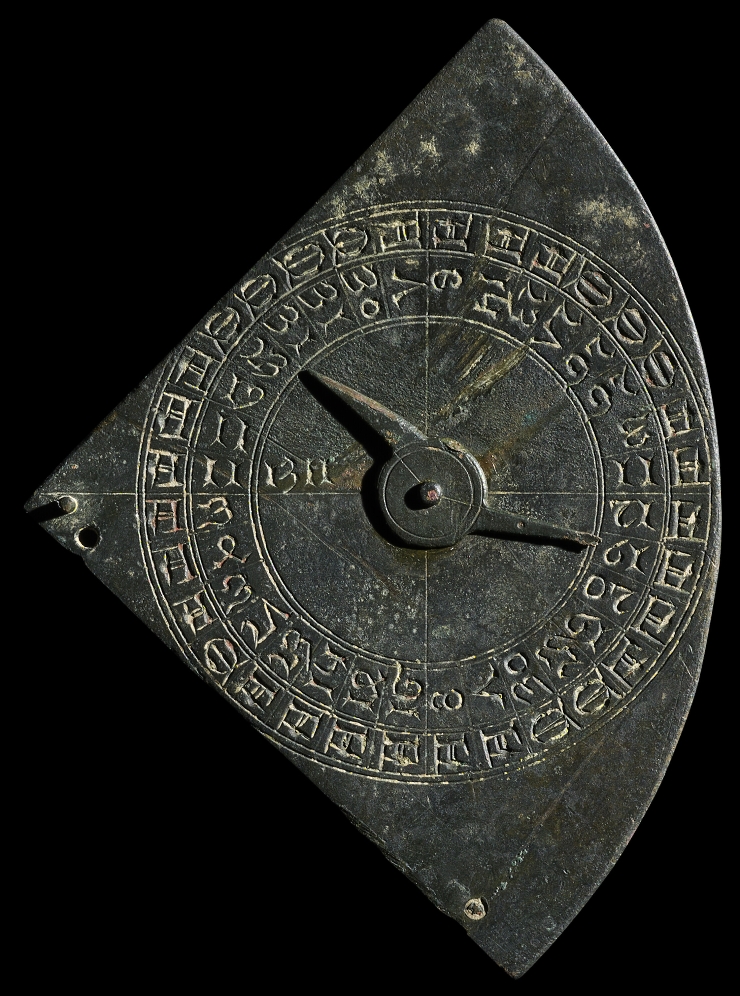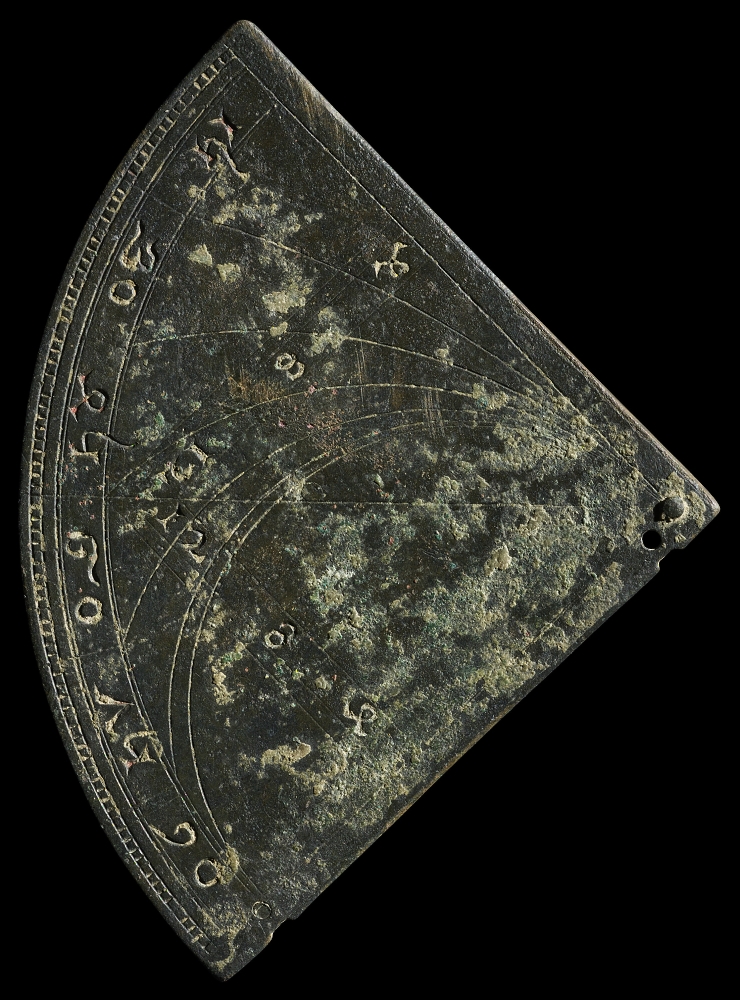Dovolím si vložit odkaz kde je vidět jak to pracovalo. Ten mikroskop.
A je k tomu i pěkné video a pár slov. Ono to na první pohled nemusí být patrné jak to funguje.
https://www.vox.com/2016/8/9/12405306/antoni-van-leeuwenhoek
England's oldest scientific instrument and the device that changed the world
Categories: Nálezy nejenom s detektorem ve Velké Británii a Irsku
A remarkable artefact that may be considered the oldest scientific instrument found in England was sold at a recent auction. The 712-year-old copper quadrant, a medieval instrument for telling time, altitude and also serving as a calendar, was auctioned for an impressive 3.6 million crowns. Along with it, an instrument that literally changed the world of science and medicine was sold for nearly 4 million.
The quadrant from 1311 represents a unique combination of history, science and art. Its existence predates all other known dated scientific instruments from England, including the famous"Chaucer's Astrolabe" of 1326, now on display in the British Museum. The auction house did not reveal the identity of the seller, who bought the quadrant more than two decades ago because he "thought it looked interesting" but did not examine the device until this year.
Measuring just under 5 cm in diameter, the quarter-circle quadrant is small enough to fit in a pocket and palm. It is made of copper alloy with engravings. On the obverse are curved, uneven hour lines and a quadrant arc with numbered scales. These engravings not only divide the day from sunrise to sunset into 12 parts, but also reflect the seasonal changes in day length. Thus, the hours are longer in summer than in winter, which was crucial for agricultural work during daylight hours.
On the other side of the quadrant is a rotating index pointer which was used to calculate the date of Easter Sunday; it is here that the year 1311 is engraved. Similar ingenious devices were in use in one form or another for nearly a millennium, and can be traced back to a manuscript from Baghdad in the 9th or 10th century. The city was a cosmopolitan centre of learning that reached Europe via Al-Andalus, an area of the Iberian Peninsula that was under Muslim rule between the 8th and 15th centuries.
The discovery of the quadrant revealed that an older and more sophisticated workshop for scientific instruments existed in England than previously thought. It provides a valuable insight into medieval perceptions of time and astronomy. James Hyslop of Christie's auction house described the artefact as a "medieval computer" with huge significance for society at the time: "Medieval English instruments are incredibly rare, so any new discoveries will enrich our knowledge of science at the time enormously," Hyslop said.
In addition to the quadrant, a rare silver microscope from around 1700 belonging to Antoni van Leeuwenhoek, who became known as the "father of microbiology", was also sold at the auction. The 285x magnification microscope sold for a record £138,600, more than CZK 3.9 million. Leeuwenhoek used it to discover micro-organisms and was the first to observe bacteria, describe blood cells, sperm and muscle fibres. The microscope represents a worldwide milestone in the history of science.
Roman Nemec
Sources: thehistoryblog.com, smithsonianmag.com, christies.com

Antoni van Leeuwenhoek





detail of the microscope

detail of the quadrant from 1311

back of the copper quadrant

avers with six unequal lines and hour scale
The article is included in categories:
- Archive of articles > Archaeology > Finds and rescue research abroad > Nálezy nejenom s detektorem ve Velké Británii a Irsku
Post
Takže to byla lupa s obrovským zvětšením.






